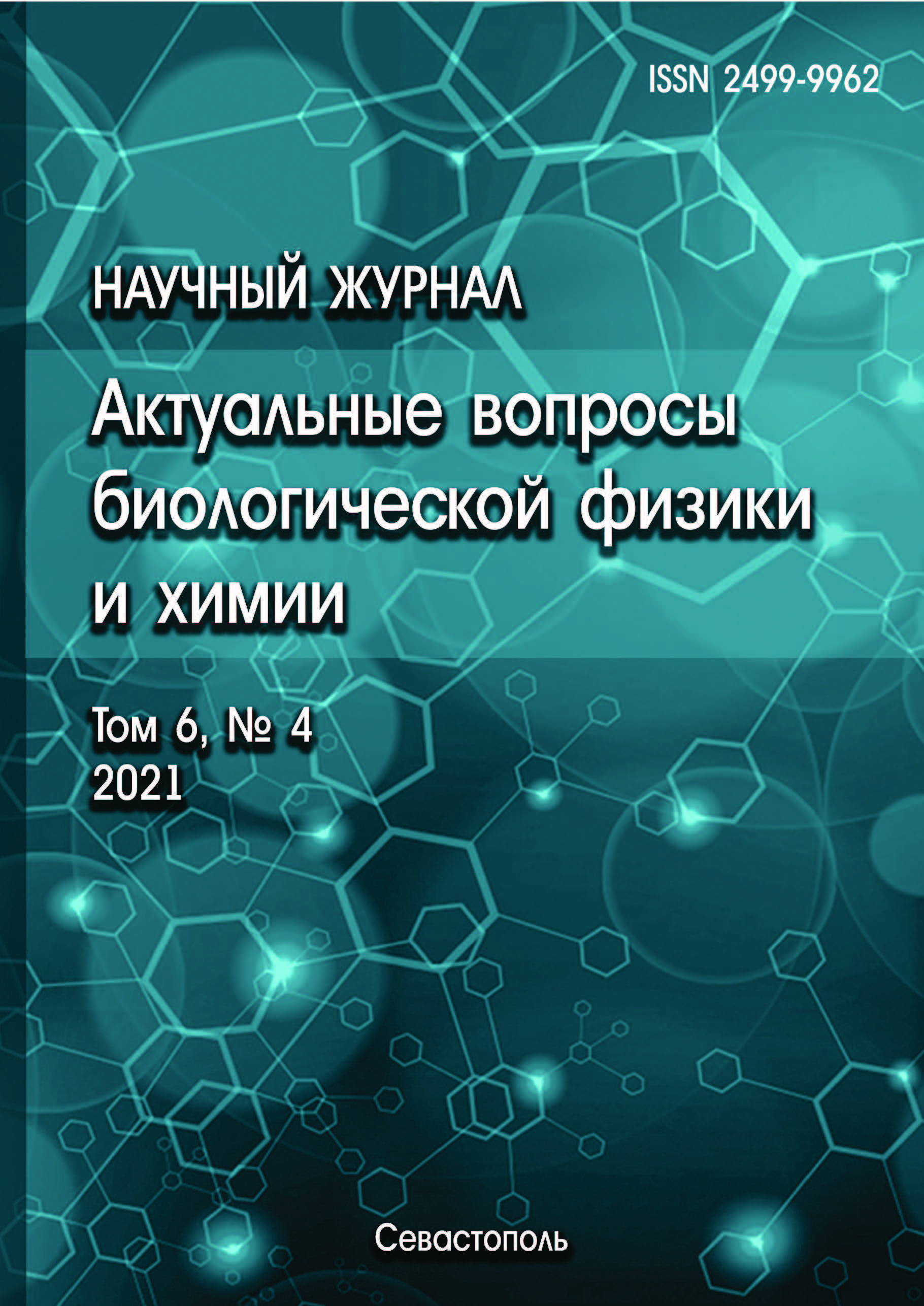The Surface Plasmon Resonance (SPR) is an interesting optical property of metallic nanoparticles, which is strongly influenced by the morphology of the nanoparticles, their surface chemistry, and of course, the medium in which the particles are dispersed; therefore, knowing the position of the SPR is of vital importance to define its possible field of application. Here, we present the prediction of the position of the dipolar SPR in gold nanospheres, employing a Multilayer Perceptron Neural Network (MLP). The data for the training, validation and testing of the MLP were obtained by calculating the extinction efficiencies of gold nanospheres with different diameters using the Mie Theory and the MiePlot software. 5-fold cross-validation was used as evaluation method and MSE, RMSE, MAE and R2 as evaluation metrics. The MLP allows predicting the dipolar SPR of gold nanospheres with an accuracy close to 100%, knowing only its diameter, so our methodology can be extended to predict different physicochemical, optical, or morphological properties of metallic and non-metallic nanoparticles.
Surface Plasmon Resonance, Artificial Intelligence, Machine Learning, Multilayer Perceptron Neural Network, Mie Theory, MiePlot
1. Amendola V., Pilot R., Frasconi M., Marogo O. M., Iati M.A. Surface plasmon resonance in gold nanoparticles: a review. Journal of physics: Condensed Matter, 2017, vol. 29, no. 20, p. 203002. DOI: https://doi.org/10.1088/1361-648X/aa60f3; EDN: https://elibrary.ru/GNPASF
2. Thompson D.T. Using gold nanoparticles for catalysis. Nano Today, 2007, vol. 2, no. 4, pp.40-43. DOI: https://doi.org/10.1016/S1748-0132(07)70116-0; EDN: https://elibrary.ru/MTOIUV
3. Giljohann D.A., Seferos D.S., Daniel W.L., Massich M.D., Patel P.C., Mirkin C.A. Gold nanoparticles for biology and medicine. Spherical Nucleic Acids, 2020, pp. 55-90.
4. Sperling R.A., Gil P.R., Zhang F., Zanella M., Parak W.J. Biological applications of gold nanoparticles. Chemical Society Reviews, 2008, vol. 37, no. 9, pp. 1896-1908.
5. Notarianni M., Vernon K., Chou A., Aljada M., Liu J., Motta N. Plasmonic effect of gold nanoparticles in organic solar cells. Solar Energy, 2014, vol. 106, pp. 23-37.
6. Berzal F. Redes neuronales & deep learning: Volumen II. Independently published, 2019.
7. Dongare A.D., Kharde R.R., Kachare A.D. () Introduction to Artificial Neural Network.International Journal of Engineering an Innovative Technology, 2012, vol. 2, no. 1, pp. 189-194.
8. Arzola-Flores J. A., Gonzaalez A.L. Machine Learning for Predicting the Surface Plasmon Resonance of Perfect and Concave Gold Nanocubes. The Journal of Physical Chemistry C, 2020, vol. 124, no. 46, pp. 25447-25454.
9. Wriedt T. Mie theory: a review. The Mie Theory, 2012, pp. 53-71.
10. Hergert W., Wriedt T. (Eds.). The Mie theory: basics and applications. Springer, 2012, vol. 169.
11. Laven P. Simulation of rainbows, coronas, and glories by use of Mie theory. Applied optics, 2003, vol. 42, no. 3, pp. 436-444.
12. Laven P. Simulation of rainbows, coronas and glories using Mie theory and the Debye series. Journal of Quantitative Spectroscopy and Radiative Transfer, 2004, vol. 89, no. 1-4, pp. 257-269.
13. Demsar J., Curk T., Erjavec A., Gorup C., Hocevar T., Milutinovic M., Zupan B. Orange: data mining toolbox in Python. The Journal of machine Learning research, 2013, vol. 14, no. 1, pp. 2349-2353.










